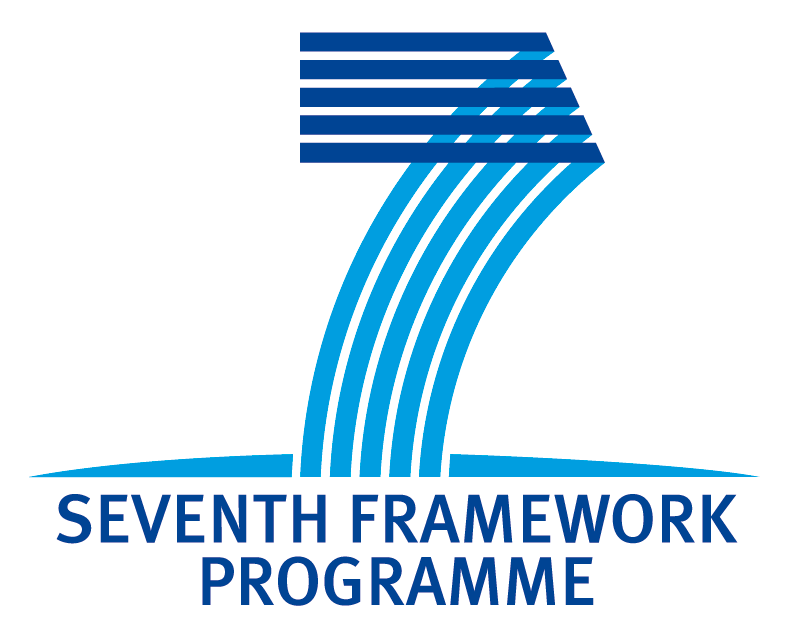Relevance to the EU scientific objectives
Why Us?
The AAVEYE consortium brings together leading European scientists in the field of gene therapy for severe retinal degenerations. The consortium integrates the key expertise for the development of gene therapy trials to restore visual function due to retinal degenerations by covering each crucial aspect of therapy development, vector development (Partner 1), viral gene transfer (Partners 1, 2 and 3), basic knowledge of disease pathogenic mechanisms (Partners 1, 2 and 3), and expertise for the development of clinical trials (Partners 1 and 2). Moreover, AAVEYE includes the first scientists in the world (Partners 1 and 2) to have utilized AAV vectors in a clinical trial for the therapy of retinal degeneration (Leber Congenital Amaurosis). In addition, Partner 4, a small-medium enterprise based in Estonia, is a genetic testing company that has established robust and efficient genetic tests for retinal diseases. The strong collaboration of research academics with this SME will help advance the new techniques for molecular diagnosis of patients suffering from severe retinal degenerations.
Why European?
Europe is in a unique position to play a fore-front role in the development of gene therapy strategies based on AAV-mediated gene transfer. Several groups involved in the study of AAV biology, development of improved AAV vectors for in vivo gene transfer or gene targeting, development of clinical-grade vector production and AAV-mediated gene therapy of small and large animal models of human diseases are underway in European institutions. Moreover, the first clinical trials in the world to be held on a retinal degeneration are being held in Europe.
AAVEYE will build on this expertise and further develop Europe’s strength in the development of AAV vectors as tools for gene therapy. AAV interplays with clinical investigation by investing in a thorough clinical characterization of Retinitis Pigmentosa patients, to include or exclude patients in a future gene therapy trial and to have the necessary information to monitor progression after potential therapy.
Furthermore, the inclusion of an SME that develops diagnostic tools will significantly speed-up molecular diagnosis, allowing clinicians to identify prognosis and potential treatment faster, and resulting in an important added value to European society.
The expertise brought together in the AAVEYE consortium is not found at the National level. EU contribution to this project, integrated by Institutional funds, is indispensable for the advancement of research of inherited severe photoreceptor disorders.

